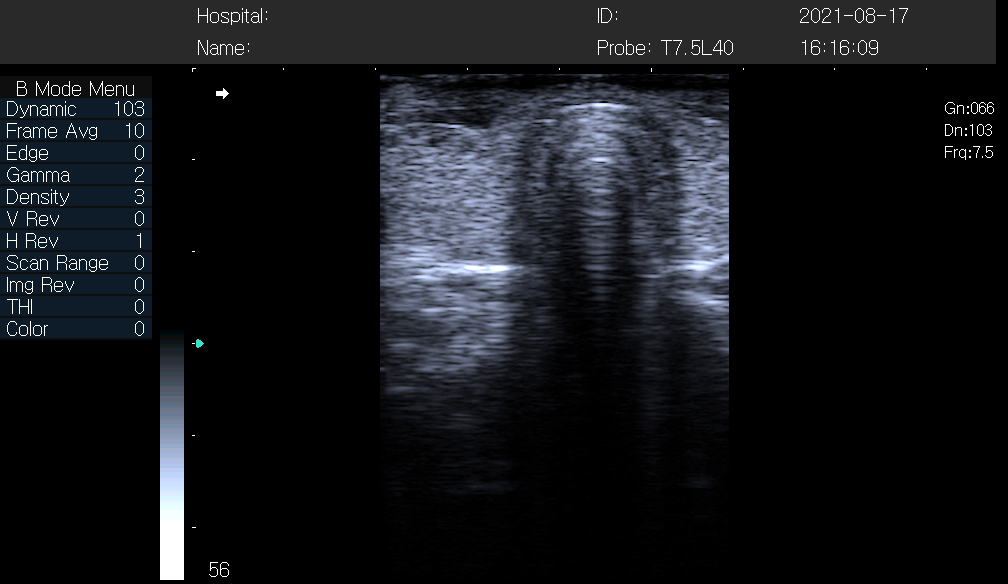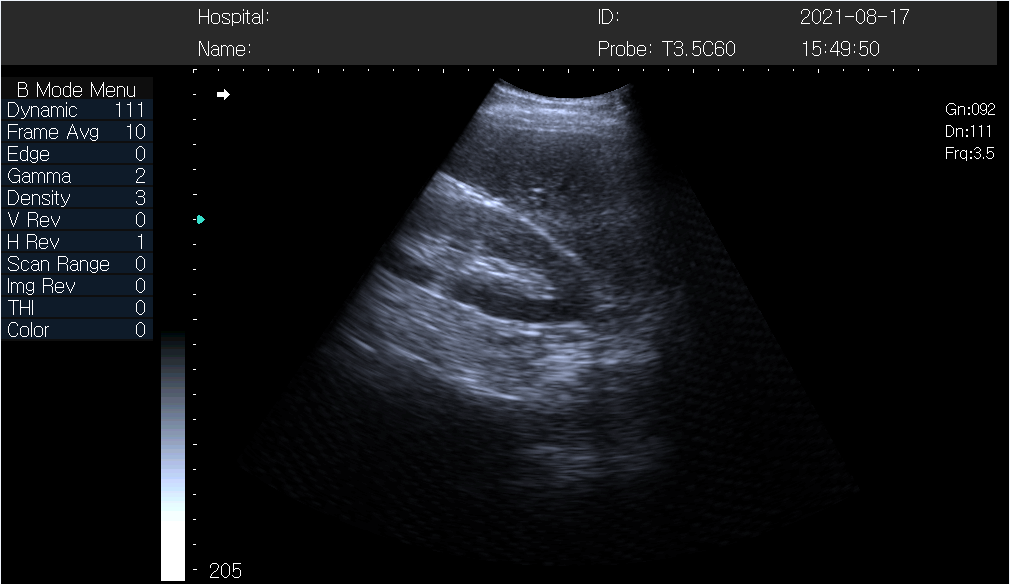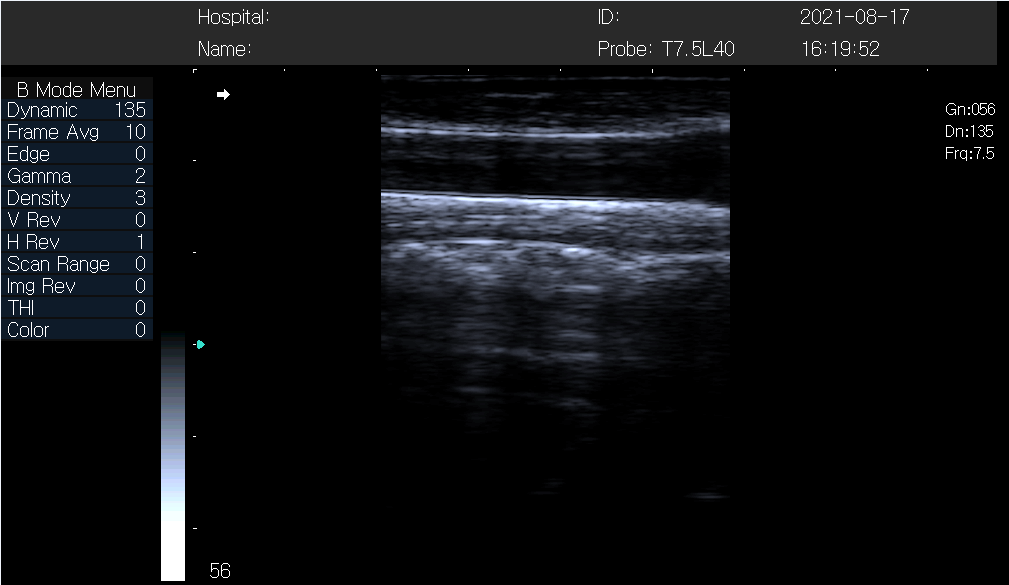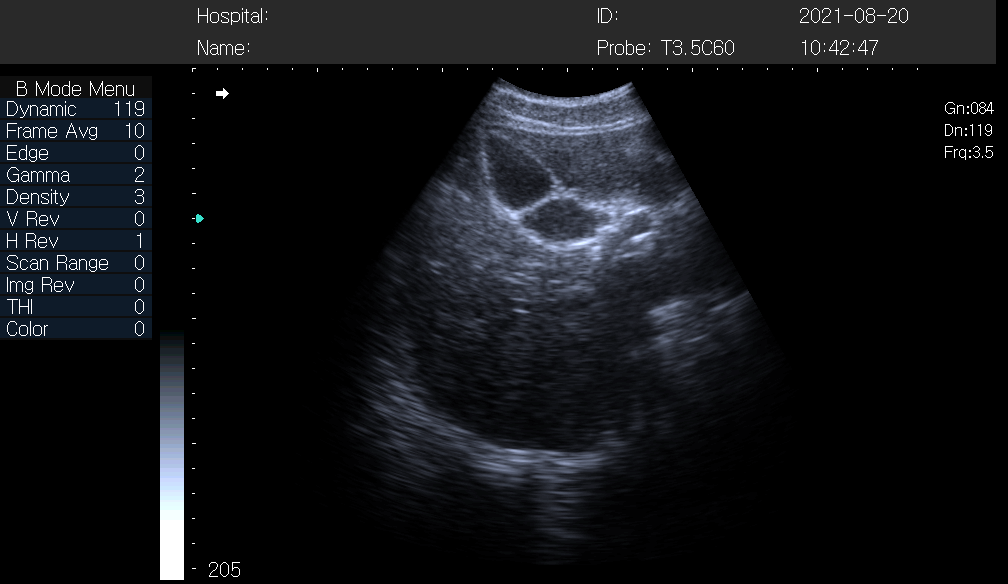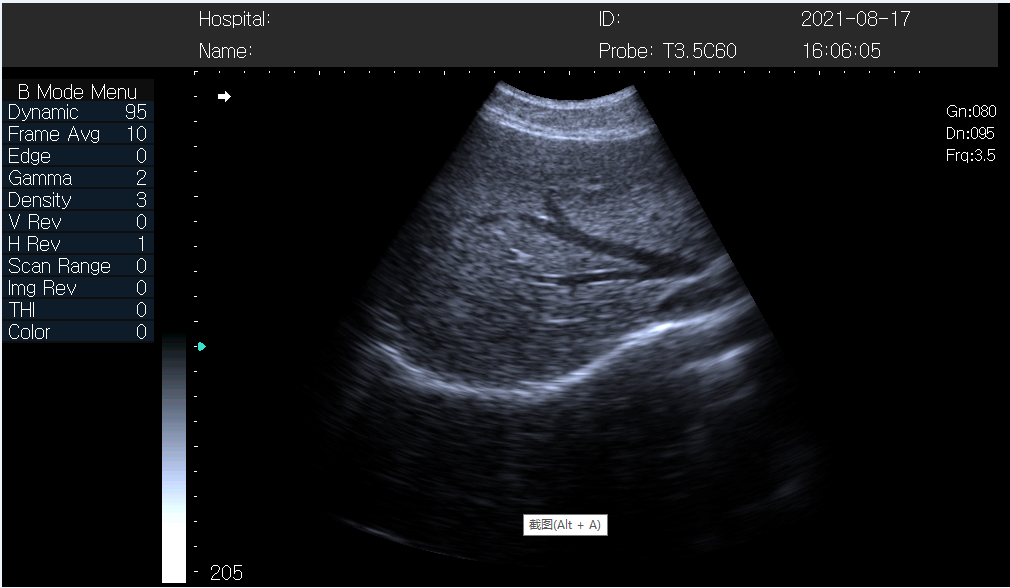Objective and method of abdominal ultrasound
Ultrasonic examination is to observe the reflection of ultrasonic wave by the human body, is to illuminate the body with weak ultrasonic wave, the reflected wave of tissue is processed graphically, and the image can indirectly reflect the structure of each layer of tissue in a part of the human body. Abdominal ultrasonography is suitable for the diagnosis of pain in liver, gallbladder, bile duct, spleen, pancreas, kidney, adrenal gland, bladder, prostate and other organs. Ultrasonic examination method is simple, high diagnostic accuracy, no harm to the patient. Ultrasound decays quickly in air and is not suitable for examination of hollow organs.
This examination can quickly check the size and shape changes of liver, gallbladder, bile duct, spleen, pancreas, kidney, adrenal gland, bladder, prostate and other organs; Whether in a normal position; Whether there is space occupying in the viscera; Placeholders are substantial or liquid, such as cysts, hematoma and abscesses, etc., and to a certain extent, it can identify whether the placeholders are benign or malignant, whether they are oppressed by surrounding masses or organs; Still can fish abdominal cavity, pelvic swollen lymph node; The contraction of gallbladder can be observed to judge the function of gallbladder; Can also accurately judge whether there is ascites, even if a small amount of ascites can also be measured.
1. Prepare for the inspection
(1) Abdominal ultrasound examination, especially gallbladder and pancreas examination, should be on an empty stomach. It is generally required to refrain from greasy food for 24 hours before the examination, and to be on an empty stomach for at least 8 hours on the examination day. If a gastrointestinal barium fluoroscopy has been done before, the examination should be carried out after 3 days of barium elimination.
(2) For pregnant women suspected of low placement or placenta previa, ultrasound examination should also moderately fill the bladder.
(3) Early pregnancy (less than 3 months), examination of the embryo and fetus and its appendages also need to fill the bladder.
(4) Check the bladder, ureter, uterine appendages, prostate, etc., which need moderate bladder filling to observe whether the bladder is abnormal. Drink 1000 ~ 1500ml water two hours before the examination, and do not urinate until the bladder is filled and the bladder is distensed. If a cholangiography has been done before, an ultrasound should be done two days later.
2. Check methods
(1) position (1) Supine position, the subject is calm breathing, hands on both sides of the head, so that the rib spacing increases, easy to check, is used for liver, gallbladder, pancreas, spleen, double kidneys and abdominal great blood vessels through the abdominal wall of the basic position of ultrasound examination; Also observe whether there is ascites, especially a small amount of ascites often used position; (2) the left side, 30 ° ~ 90 ° to the left in the supine position, lift on his right arm to the pillow, easy to check liver, gallbladder, right kidney and right adrenal gland, liver door structure such as portal vein and its branches, the extrahepatic bile duct, check often require deep subjects at the same time, abdominal breathing after inhaling breathless with scan; ③ Right decubitus, 60° to 90° to right decubitus. It is convenient for examination of spleen, left kidney and left adrenal gland, caudal area of pancreas and display of spleen and kidney arteries and veins. (4) half recumbent position, sitting position: the test hands back on the bed or by others to support their back, sitting on the bed, so that the abdominal wall to keep loose, and then scan, easy to observe obesity, abdominal fluid, liver and gallbladder position higher and upper abdomen due to intestinal gas more, pancreas show unclear; (5) prone position, is an important position to check bilateral kidney; (6) knee and chest decubitus position, easy to observe the distal bile duct and gallbladder neck stones and bladder stones movement.
(2) Abdominal ultrasound examination should be systematic, comprehensive and regular, and carried out orderly according to certain steps.
Post time: Mar-18-2022

